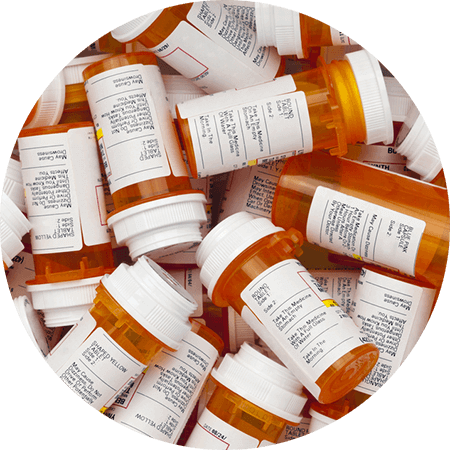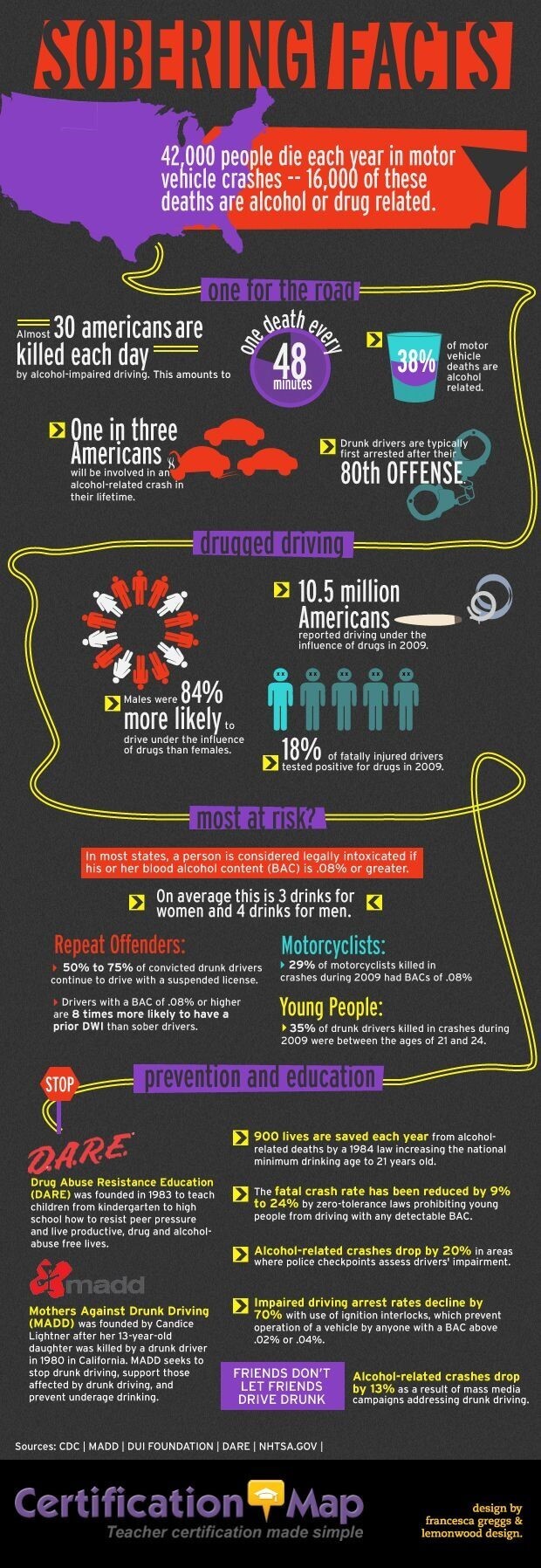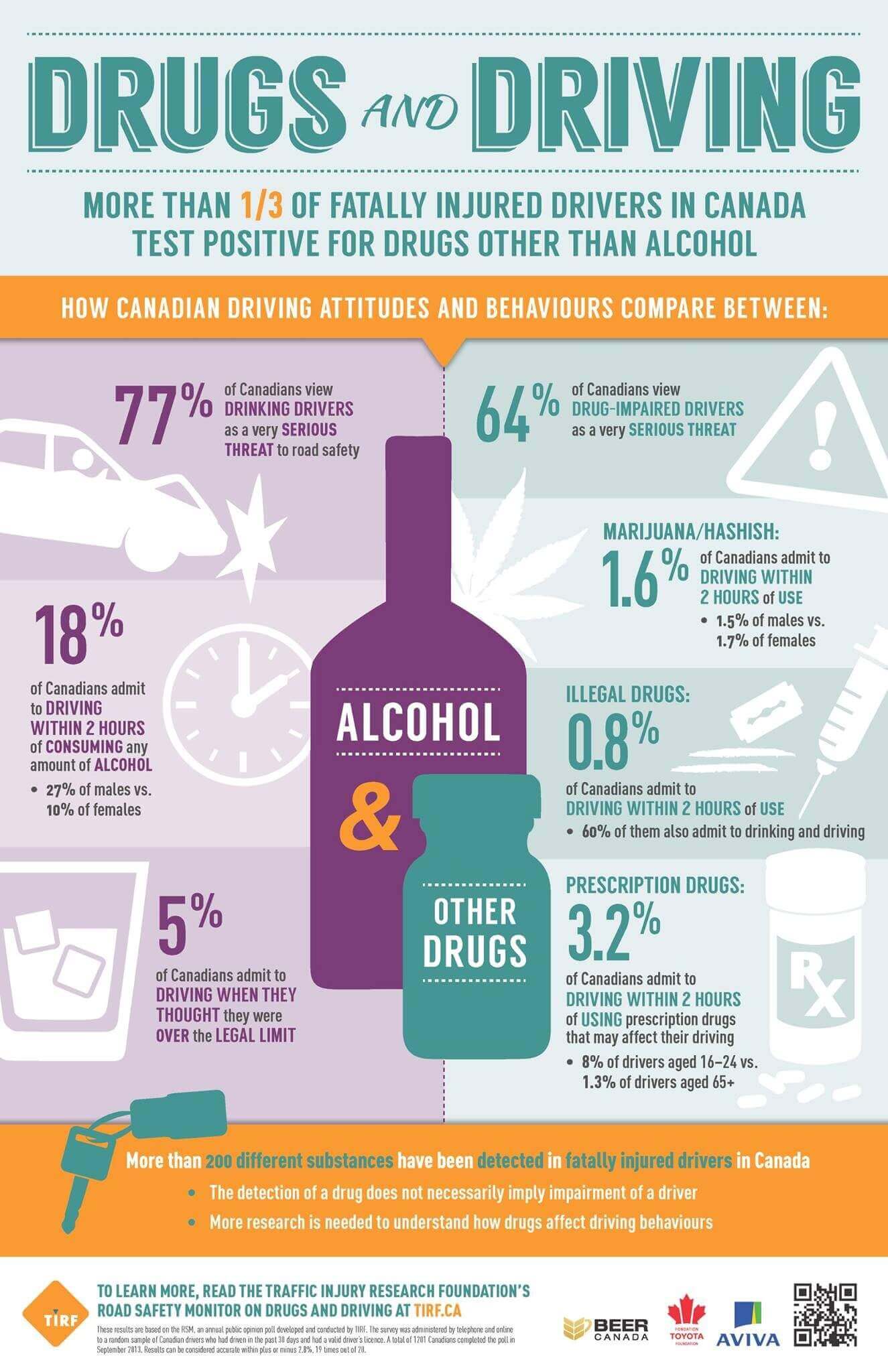
Almost every adult American is familiar with what happened to Tiger Woods in May of 2017. It’s important to recognize the need to pay attention to prescription drug labels, understand how your body reacts to prescription drugs, and protect yourself!
According to the Palm Beach County arrest report in May 2017, Tiger Woods failed a sobriety test administered by police, but was not found under the influence of alcohol. Tiger Woods was charged with driving under the influence when he was found asleep in his car, apparently under the influence of a prescription painkiller and sleeping medication. He agreed to plead guilty to reckless driving.
In a statement released by Woods about the DUI, he stated, “What happened was an unexpected reaction to prescribed medications. I didn’t realize the mix of medications had affected me so strongly.”
I sat down with Darren Kavinoky, founder of 1.800.NoCuffs to better understand the legal issues surrounding DUI, impaired driving, and driving under the influence of prescription drugs.
“We all have seen how quickly negative information can spread. It is important to quickly handle all risk issues surrounding your reputation,” advises Kavinoky.
According to the American Society of Addiction Medicine, in 2015, two million Americans age 12 or older had a substance-use disorder involving prescription pain relievers, and there were 20,101 overdose deaths related to prescription pain relievers.
According to the National Institute of Health, misuse of prescription drugs means taking a medication in a manner or dose other than prescribed; taking someone else’s prescription, even if for a legitimate medical complaint such as pain; or taking a medication to feel euphoria (i.e., to get high).
The term non-medical use of prescription drugs also refers to these categories of misuse. The three classes of medication most commonly misused are::
- Opioids—usually prescribed to treat pain
- central nervous system [CNS] depressants (this category includes tranquilizers, sedatives, and hypnotics)—used to treat anxiety and sleep disorders
- stimulants—most often prescribed to treat attention-deficit hyperactivity disorder (ADHD)
One of the most widely-abused prescription drugs is Xanax. Since 2005, it has also been the most-commonly prescribed drug in the U.S. with 48.5 million prescriptions filled in 2013 alone.
In many states, Xanax has surpassed marijuana as a leading cause of DUI. Research has shown even just taking 1 milligram of Xanax has resulted in weaving and sleepiness behind the wheel. Kavinoky points out the current trends in prevalence of drugs.with DUI arrests. “You should think of it as alcohol in a pill form,” according Kavinoky, “While intoxication by alcohol can be easily measured with a breathalyzer, it’s harder to measure with Xanax or other prescription medications.”
Kavinoky adds, “California prosecutors have to rely on field sobriety tests and identifying physiological symptoms, including pupil dilation and body temperature, to identify impairment. The increased difficulty in identifying a DUI from Xanax certainly doesn’t make these drivers immune from prosecution.”
Kavinoky reminds readers to examine the warning labels on prescription drugs like the list below:
- Adderall
- Ambien
- Attivan
- Buprenorphine
- Hydrocodone
- Methadone
- Morphine
- Oxycodone
- Oxycontin
- Percoset
- Ritalin
- Suboxone
- Tramadol
- Ultram
- Valium
- Vicadin
- Xanax

AMBIEN. WHAT IS IT?
Zolpidem is the hypnotic sedative, for the brand name Ambien. Physically, it helps put you to sleep by slowing activity in the brain, causing relation and drowsiness, allowing one sleep. It also causes one to feel relaxed and have lower muscle tone.
Ambien is prescription only and often prescribed by doctors to help people with insomnia or those diagnosed with sleeping problems caused by psychiatric disorders. The main effect of the drug is to is to induce sleep. Because it induces sleep, doctors prescribe Ambien as a sleep aid (more popularly known as sleeping pills) for people with insomnia problems.
READING LABELS. AMBIEN ADVERSE SIDE EFFECTS AND SHOULD YOU DRIVE?
There are reports of patients who performed complex behaviors while seemingly asleep after using Ambien. In the reports, patients are reported to prepare and eat food, drive vehicles, make phone calls or perform sexual activities while half-asleep on using Ambien. Upon awakening, patients have difficulty recalling or remembering, or cannot totally recall, their behavior or activities done because Ambien causes short-term amnesia.
Some people use Ambien for recreational purposes. Some use Ambien for its intoxicating effects. Users report that Ambien causes bouts of difficulty in distinguishing imagined things and reality, false sensory perception, disorientation, and drifting in and out of consciousness.
DUI AND AMBIEN
Kavinoky explains further, “When someone thinks of driving under the influence (DUI), we think about breathalyzers, checkpoints, alcohol, and open containers. Alcohol is the most common cause of DUI, but most states take a broader view of what it means to be under the influence. The numbers continue to rise with those people arrested for driving under the influence of drugs, both illegal and prescription. Increasingly, the insomnia treatment drug Ambien (Zolpidem) has lead to more DUI arrests.”
DUI CHARGES- HOW DO POLICE DETECT FOR AMBIEN?
Police officers, law enforcement officers and Drug Recognition Experts (DRE) are trained to identify people whose driving is impaired by drugs other than, or in addition to, alcohol.
According to Kavinoky, “The 12 step procedure, called a Drug Influence Evaluation (DIE), is followed by all DREs to determine which category of drugs is causing the driver to be impaired. If a DRE determines that a driver was too impaired to operate a vehicle in a safe manner, they will look for indications of the drug(s) suspected, by the common perceivable effects the drugs have on the human body There are seven categories of classifications a DRE is looking for, including; Central Nervous System depressants (Benzodiazepines), CNS stimulants (Methamphetamine), Dissociative anesthetics (PCP), Cannabis, hallucinogens (mushrooms), inhalants (glue), and narcotic analgesics (opiates).”

“SLEEP DRIVING,” AND A DUI AMBIEN
Drug companies have placed warnings on the Ambien bottle and in the instructions of the potential side effects of “Sleep Driving,” as ordered by the FDA. Sleep driving is similar to sleep walking, where an individual may do common things out habit, although in an induced type of hypnotic state. The FDA classifies Ambien as a “sedative-hypnotic product,” and it falls under the FDA’s definition of sleep driving. Sleep driving is recognized by the FDA as an involuntary side effect of the medication. Again, the warning on the bottle is important.
USING THE “INVOLUNTARY ACT” DEFENSE FOR AMBIEN
The “involuntary act,” defense for DUI Ambien has been considered in several state’s court cases. Look at it this way– a person’s actions must have been under their control in order to be found guilty of a DUI. If you didn’t know what you were doing, and it was involuntary, then you may have a case.
However, this is not a catch-all defense. Typically, the driver must have taken Ambien as prescribed by the doctor. Exceeding the normal Ambien dose, combining Ambien with other drugs or alcohol, and using the medication prior to any other activity than sleeping, can negate the “involuntary act” defense.

HOW SERIOUS IS AN AMBIEN DUI CHARGE AND WHEN IS IT NECESSARY TO HIRE AN ATTORNEY?
According to Kavinoky, “Just like with medical marijuana, it doesn’t matter if you have a valid prescription for the medications you are taking. If the drug has an impairing effect on your ability to drive, you can still face a DUI. Common medications including Valium, Ativan, Xanax or Percocet may lead to impaired driving and a prescription drug DUI. If a driver is found to be in possession of prescription medications without a valid prescription, he/she could face additional criminal charges.” He adds, “ The charge can affect job opportunities and carry a very heavy stigma.”
DRIVERS ON PRESCRIPTION DRUGS FACE A VARIETY OF QUESTIONS and ISSUES
Prescription medication behavioral effects vary widely. Not just the drug itself, but the person taking it. Anti-anxiety drugs, can slow reaction time and dull alertness. Stimulants on the other hand, can encourage risk-taking and impair the ability to judge distances.
Impairment can be magnified by mixing prescriptions, researchers say, or taking them with alcohol or illicit drugs. States enforcing zero tolerance laws, have made it illegal to drive with any detectable level of prohibited drugs in the blood.
Complicating matters is the complex chemistry of drugs and setting any kind of limit for predicting the effects of prescription medications. How do you determine whether a driver took a drug? Was it immediately before getting on the road? Some prescription drugs can linger in the body for days or weeks.
The prescription drug era presents a whole new set of problems. How to maintain the delicate balance of those people who need their prescription medications and protecting the public?

REFERENCES
https://www.cdc.gov/nchs/data/hus/hus16.pdf#079
http://www.huffingtonpost.com/2013/12/31/marijuana-dui_n_4520129.html
https://www.nytimes.com/2017/05/29/sports/golf/tiger-woods-arrested-dui.html
https://www.nytimes.com/2017/08/09/sports/golf/tiger-woods-dui-plea.html?mcubz=0
http://articles.mercola.com/sites/articles/archive/2014
/10/16/prescription-drugs-car-crash.aspx
https://www.asam.org/advocacy/issues
http://www.huffingtonpost.com/2014/01/15/ambien-side-effect-sleepwalking-sleep-aid_n_4589743.html


